Dying To Live: A Personal Journey About My Heart and Hope
By: Alexis Francel


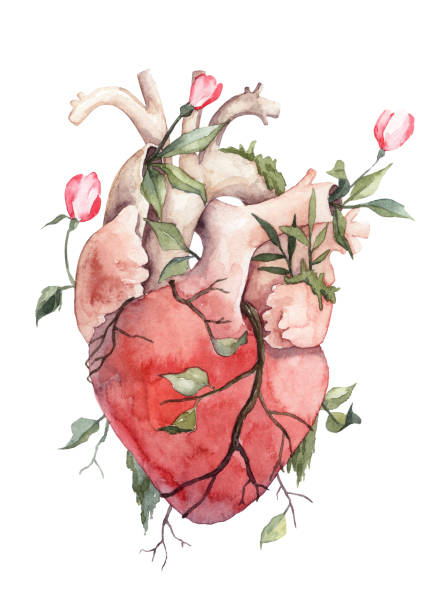
My first episode, as the doctors called it, occurred when I was just 7 years old. I was sitting still at my desk in my 2nd grade classroom, intently listening to the teacher read the classic How to Eat Fried Worms. English was, of course, my favorite so I sat perfectly still taking in every word. Out of nowhere, my heart jolted in my chest before ramping up to over 200 bpm. I sat there, frozen and waited the horrifying feeling out. After about 20 minutes and a second pang in my chest, my heart returned to a normal speed.
That night my mother immediately sensed something was wrong as my overly-talkative self sat in complete silence. Eventually, I cracked and explained what I felt, using my limited 2nd grade vocabulary.
Then came the doctor’s visits. It’s not often that such a dreadful phrase is disguised as a perfectly positive statement. “The tests came back normal, your heart is healthy!”
My mom held me as we cried in the cold, sterile doctor’s office. I felt nothing but pain in that moment, knowing deep down something was very wrong with my heart.
One “normal” test result after the next left me scared and confused, slowly chipping away any hope for a solution. Regardless of each doctor’s analysis, I regularly experienced episodes nearly once a week.
By the age of 12, a doctor pulled my mom out of the room and advised her that I was seeking attention and said that my mom’s money would be better spent on a therapist. She was not the first or last doctor to recommend that.
I didn’t know it then, but I had joined the thousands of women who experience Medical Gaslighting. This is a phenomenon in which patient’s symptoms are dismissed or brushed off as psychological disorders by doctors. This effects far more women than men and it has become a truth that I, among many others, know far too well.
In junior high, I had an exceptionally long episode. Like every other instance, I was doing nothing out of the ordinary when my heart began beating erratically. Without saying a word to my teacher, I dismissed myself and rushed from the field of my junior high school into the nurses office.
The only words I managed to blurt out to the nurse were “my heart is not beating right.” I’ve never seen someone’s eyes grow so wide— it actually made me wonder if I was hallucinating or maybe about to pass out. The nurse hurriedly hooked me up to a heart monitor.
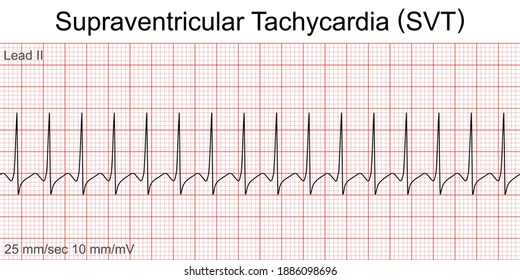
Courtesy of Shutterstock
For the very first time in six years there it was— indisputable proof of what I felt inside of me. The monitor showed my resting heart rate at 240 bpm.
For reference, the average resting heart rate for a young adult sits around 70 bpm. Even with extremely strenuous exercise my heart rate shouldn’t exceed 190bpm. I think at 240bmp, it’s safe to say I was well out of that range.
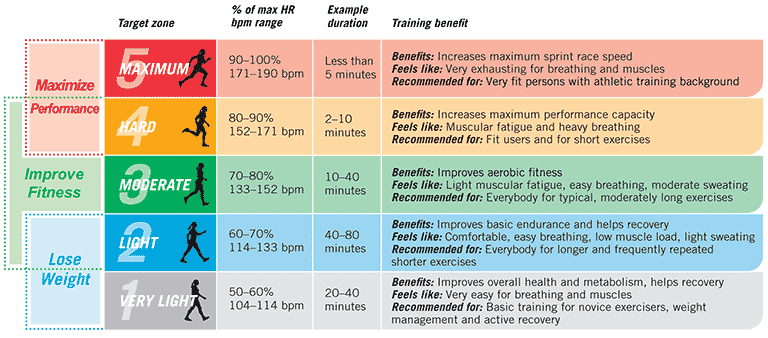
The school nurse ran about the office in shock as she grabbed the phone to dial 911. I had to beg her not to (thanks to the un-affordability of American healthcare) and asked her to call my mom instead. Once my mom drove me to the hospital my heart rate had returned to normal and I had no record of what had happened, only the word of my school nurse.
The doctors had me wear a Holter monitor, transforming an already awkward teenager into a cyborg for a week at a time.
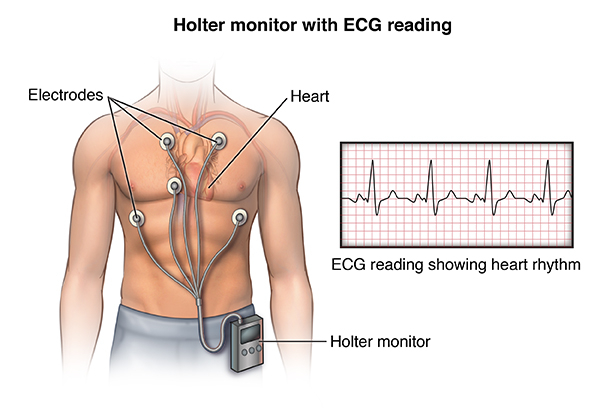
Courtesy of John Hopkins Medicine
The Holter monitors are considered to be a portable EKG where the patient will wear a small box at their waist while being tangled in wires that are stuck to various spots of their body to monitor their heart throughout the day. Of course, whenever I wore it my heart never did much. It always seemed the day I took it off that my heart would go haywire.
This never-ending cycle continued until the end of 8th grade when an episode was finally captured on my Holter monitor. After eight years, I was diagnosed with Supra Ventricular Tachycardia, often referred to as SVT. In short, this is a heart condition where there is an extra electrical pathway that is occasionally triggered, causing the heart rate to soar around 200bpm. I’ve linked this video here that explains it better than I ever could have.
While informative, the video serves another interesting purpose. A quick scroll through the comments section on this video reveals hundreds of individuals finding a safe space to share their story.
Given the stories shared in the comments, I was lucky to have gotten a diagnosis at all. I was even more lucky to be receiving surgery.
Most would associate surgery with feelings of stress, fear, or apprehension. Yet, the day of my surgery, I had never been more excited. For the first time in my life, I would finally be normal.
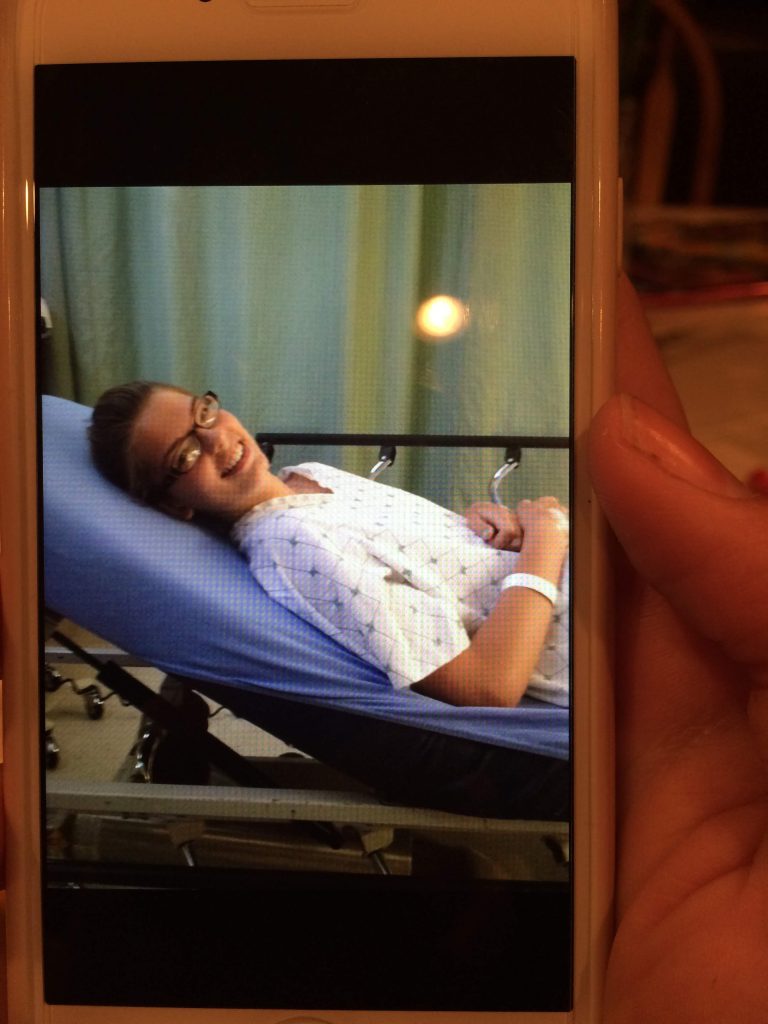
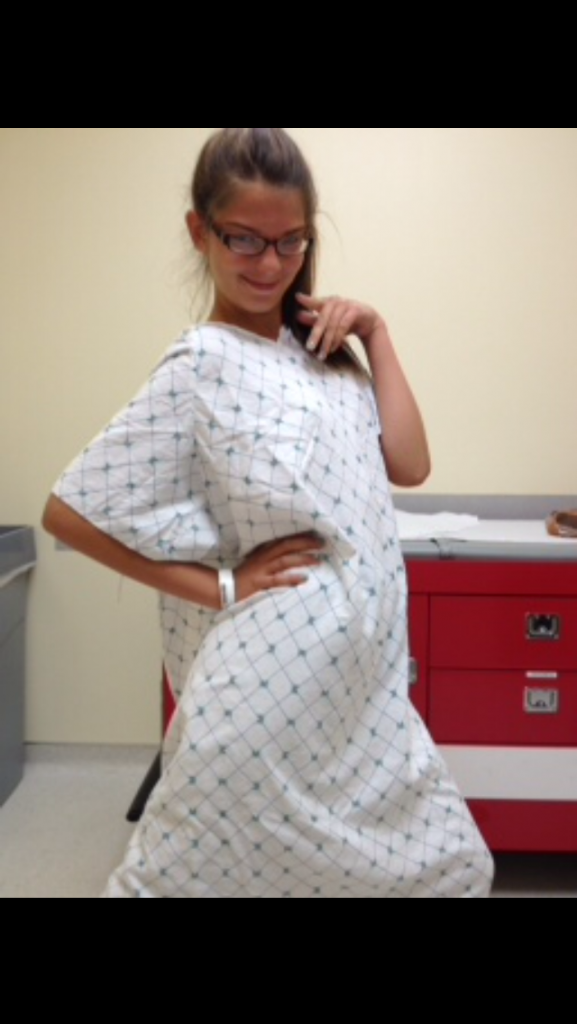
At the age of 15, I had a small procedure known as a catheter ablation that remedied my symptoms—for the most part. The surgery consisted of “burning” off the extra electrical pathway with a risk that it may grow back.
For a period of my life, I could finally let go of the exhausting doctor’s visits and stressful test results.
Now at the age of 22, I have experienced other symptoms that point to the regrowth of the pathway along with other heart conditions but I feel so exhausted from the years I spent to get treatment. I am not sure seeing more doctors to chase a new diagnosis is worth my time.
Some of you might’ve read this thinking it’s an extraordinary story. Yet, a lot of you know this scenario all too well.
Hear the Frustration
Hope
Katie
M.O.
123347378323273128271
Blah Blach Blah
The Rise of Social Media Medicine
Social media has given rise to more women than ever getting the chance to tell their story. Bridget Noelle, a cheer coach and ELA teacher, went viral on Tik Tok after posting her experience with SVT. She equated the experience to literally “going crazy.”
Although the Tik Tok shows her coping with humor, the comments are flooded with very serious shared experiences by women who also suffer from SVT and similar heart conditions. One commenter, Tzipporah Anderson said “It’s always fun when you realize that you definitely could have died during that ER trip when they told you it was anxiety.”


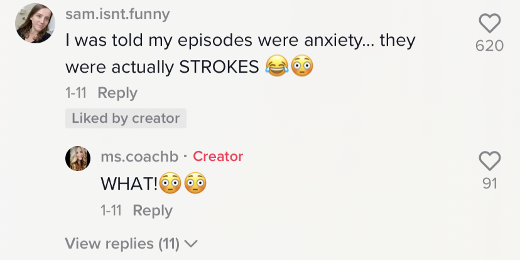

These posts are as comforting as they are terrifying, acting as living proof of the medical gaslighting women face every day.
Disproportionate Struggles
In addition to women already being more likely to be dismissed by medical professionals, research shows that this disproportionately affects women of color. It is so prevalent that a recent New York Times article coined the term for it: Medical Gaslighting
In accordance with this term, studies suggest that when compared with men, women face longer waits to be diagnosed with cancer and heart disease. It was also found that they are treated less aggressively for traumatic brain injury, and are less likely to be offered pain medications.
With such a disparity in treatment for women’s heart conditions, it’s not shocking to learn that in the U.S., heart disease is the leading cause of death for women. With this data it is hard to understand why doctors do not take women’s heart health more seriously in the U.S..
Still, there is some good news. Heart Conditions are either genetic or induced by bad habits. According to the National Library of Medicine, approximately 40% of heart conditions are caused by genetics while the other 60% are caused by avoidable habits or environments. Even better, according to the American Heart Association, about 80% of cardiovascular diseases, including heart attack and stroke, can be prevented.
Dr. Suzanne Steinbaum, a preventative cardiologist at Heart-Tech Health, explained that a majority of her work is to educate women on ways to keep their hearts healthy. “What a lot of people don’t know is how differently these heart conditions can present themselves in women as the male symptoms are usually more widely circulated,” Dr. Steinbaum said.
One of the best examples of this is the widely known symptoms of a heart attack. Men presenting to the emergency room usually describe chest pain
According to Brigham and Women’s Hospital, women are more likely than men to suffer from heart conditions that resemble a heart attack.
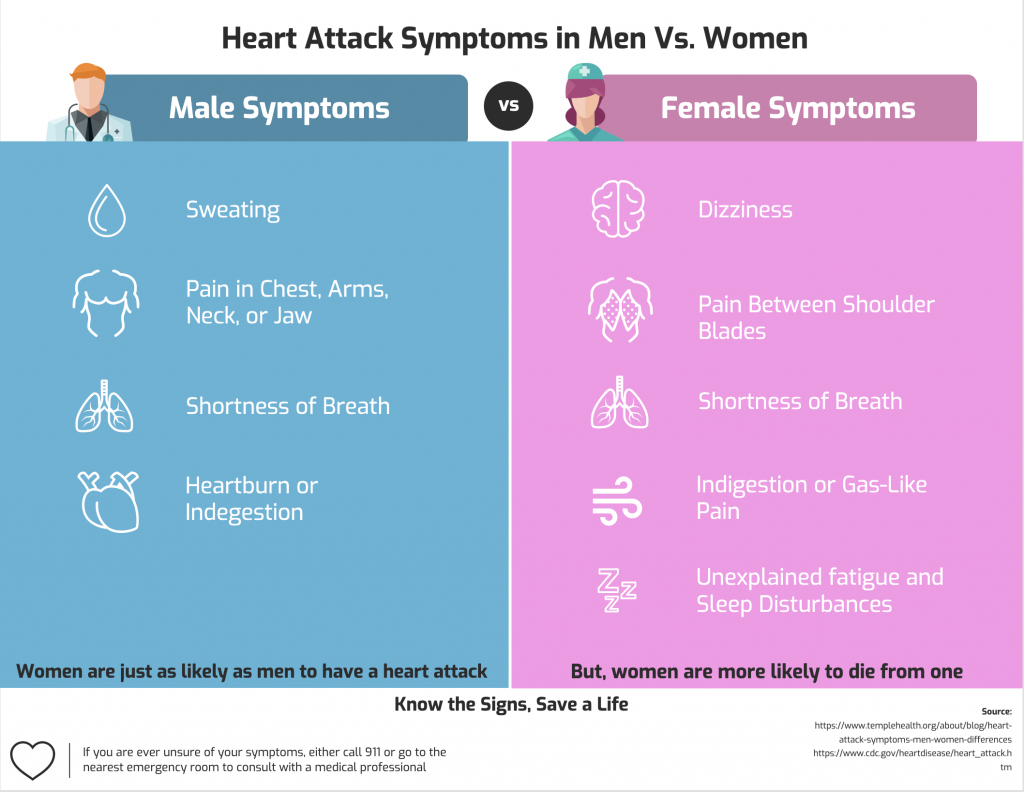
“It’s still under-recognized among clinicians that heart disease isn’t identical across the sexes. It’s usually an ‘aha’ moment when a provider realizes how many alternate diagnoses they should consider when diagnosing a female patient,” says Michelle O’Donoghue, a cardiovascular medicine specialist at Brigham Health
With so much potential for misdiagnosis in women, it is important to acknowledge the power women can hold in their healthcare journey. Hope Hahn, is a 21-year-old Asian American who suffers from a type of arrhythmia. She is particularly vocal about the disparities in care women of color receive. “I can’t count the amount of times I went to one doctor, got a diagnosis, and then went to another and got a completely different diagnosis. A lot of women need to know that they can and should get a second opinion,” Hahn said.
Interestingly enough, women are statistically more likely to seek medical attention than men and on average live longer, so where is this disparity in heart health coming from?
The answer: Stress. Stress is a major contributing factor to the six leading causes of death. According to the American Psychological Association, women are twice as likely to suffer from anxiety than men. “With the lasting effects of the pandemic and simply just today’s fast-paced culture, women are under more stress than ever and that affects their hearts,” Dr. Steinbaum said.
This stress can be the seed that brings out many other mental and physical issues within women that worsen heart conditions. In particular for women, eating disorders.
The National Institute of Mental health found that women are more than twice as likely as men to have some form of an eating disorder. These conditions can destroy the female body with symptoms often being associated with heart complications. Anorexia nervosa has an incredibly large mortality rate often due to sudden cardiac deaths.
One woman, who asked to be referred to M.O., described being diagnosed with anorexia nervosa at the age of 10 and she has yet to fully recover. As a result of this condition, she also has arrhythmia and bradycardia (definitions of these conditions will be in the margin on the capstone site). Within these years, M.O. guesses she has seen over 100 different doctors with hopes of finding answers. She described the strict divide her eating disorder plays in getting treatment.

“The doctors don’t trust me. It just creates a huge problem when I have to convey a real heart condition,” she said.
M.O. said that her mom suffers from an atrial flutter, and that the doctors typically fail to take into consideration that she may carry that condition genetically from her mother.
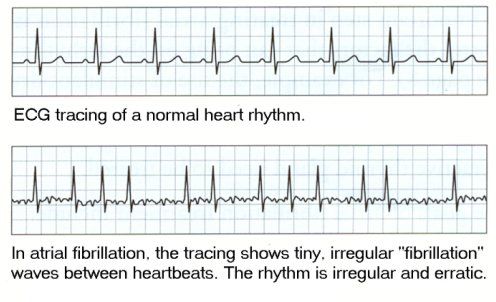
“The doctors always blame it on the fact that I have anorexia and that I have been struggling for so long. Yeah, sure that is a factor but I still believe it is worth their time to see if there are other roots to my condition,” M.O. said.
She said that as she has been struggling for so long, she is seeking treatment for her eating disorder and needs the doctors to look beyond it in order to better diagnose her heart conditions.
Dr. Steinbaum said that doctors will always look for the underlying cause first and want to treat that. “I want to be clear that I am not excusing the actions of any doctors but I’ll be honest in that we are taught that medicine is a lot of guesswork. That doesn’t give us the right to discredit a patient when they are telling us something is wrong but we have to consider the test results we are getting. Of course, there is always room for medical professionals to do better, especially when so many people already have anxiety and distrust when going to the doctor’s.”
Pharmaceutical Disparities
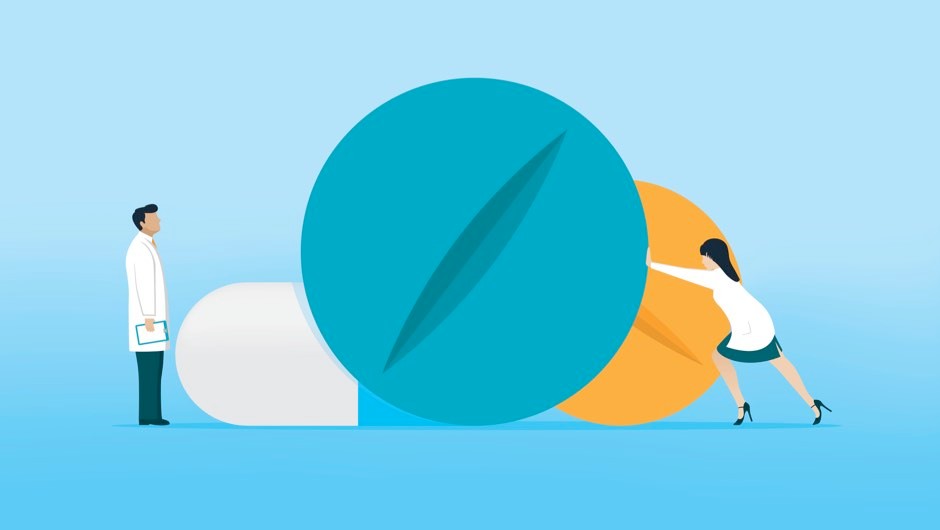
It’s no coincidence that women are so quick to be ignored within the medical field. Studies show that medical research is conducted predominately using male volunteers which creates gaps where women could experience issues.
According to a research paper from the Journal of Women’s Health, only 24% of participants in 46 pharmacological trials from 2004 were women.
Researchers have since recognized this disparity and have revisited the studies. They compared the number of medical studies including females from 2009 to 2020.
Stat News reported that, “compared to 2009, the number of studies that included females grew to 49%, up from 28%. But the second half of the answer was disappointing: In eight of the nine fields studied, the proportion of studies that analyzed study results by sex did not improve. And in pharmacology, the trend was actually downward, from 33% to 29%,”
This means that although more women are included in the studies, they are analyzed in the same way as men, rather than by focusing on gender-specific symptoms.
The Pressure of Today’s Culture
In conjunction with the progress women have made in these studies, women have made major strides in sectors of equal treatment. So why is there still such a disconnect with the medical field? Part of the answer lies within the cultural expectations of women.
I call this: Strong Woman Syndrome. Today’s culture has shifted towards an expectation of leadership and strength from women. So women feel the need to pick themselves up by their bootstraps and simply be okay.
“I can totally convince myself that I’m fine,” M.O. said, “I hate making people worry about me. Even when I was in the hospital with my pulse sitting at like thirty five, you know too slow to be alive, I tell people it’s totally fine.”
Katie Anderson, a 19-year-old student at College of the Canyons who suffers from angina, said, “With everything in my life I will push myself to the absolute brink. It’ll get to the point that the people around can’t not say something. I just hate feeling like I need help.”
There is no shame in asking for help. I would’ve never gotten my diagnosis if I didn’t ask for help over and over again. Educate yourself and if something doesn’t feel right get a second opinion.
“We know our bodies better than anyone else,” Hahn said, “If you think something isn’t right, it isn’t.”
Knowledge Is Power
The best way to fight anything is with knowledge. Good news, just by reading to this point, you’ve become a more informed member of society. Share this with your friends, make them aware of what happens in the world we live in. Why stop with this article? I’ve listed below some of my favorite reads and resources.
Learning to Live With Heart Conditions:
Healing the Pain of Heartbreak by Erv Hinds
Dying to Tell by Cheryl Lawson
SVT:
https://www.mayoclinic.org/tests-procedures/svt-ablation/pyc-20385010
Women’s Heart Health Resources:
https://www.cdc.gov/HeartDisease/
https://www.womenshealth.gov/heart-disease-and-stroke/heart-disease/heart-attack-and-women
https://www.healthcare.gov/coverage/preventive-care-benefits/
